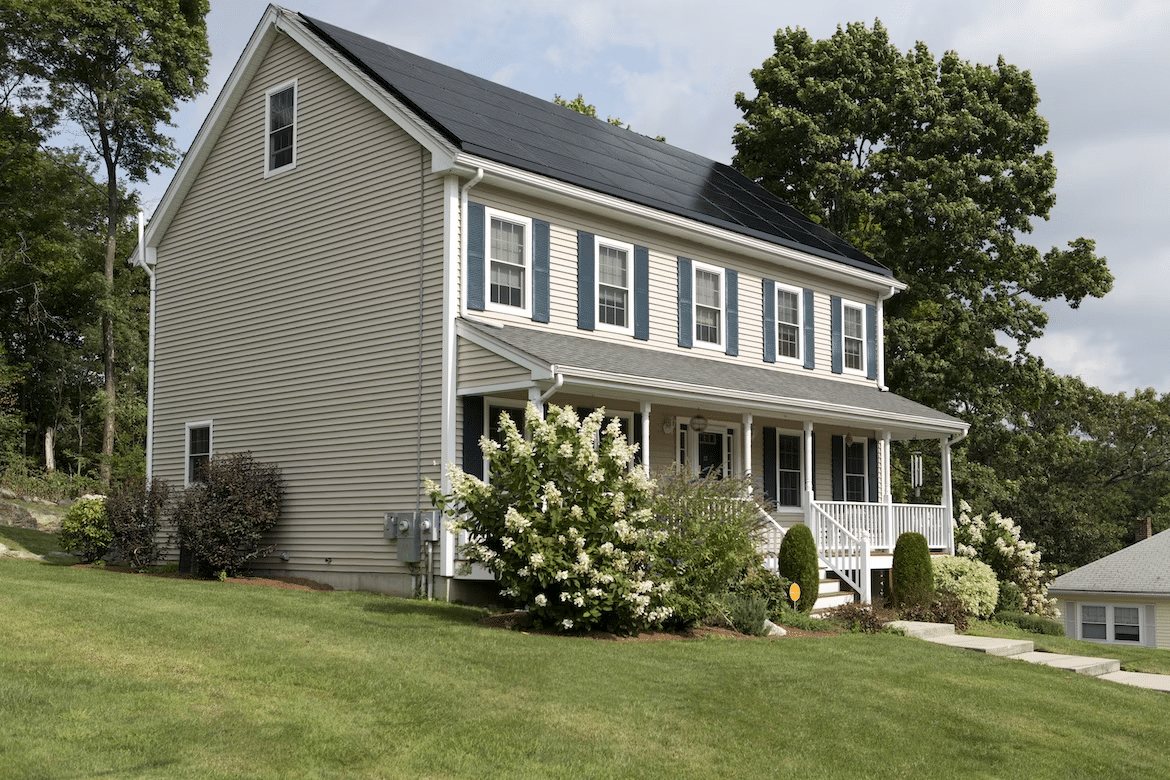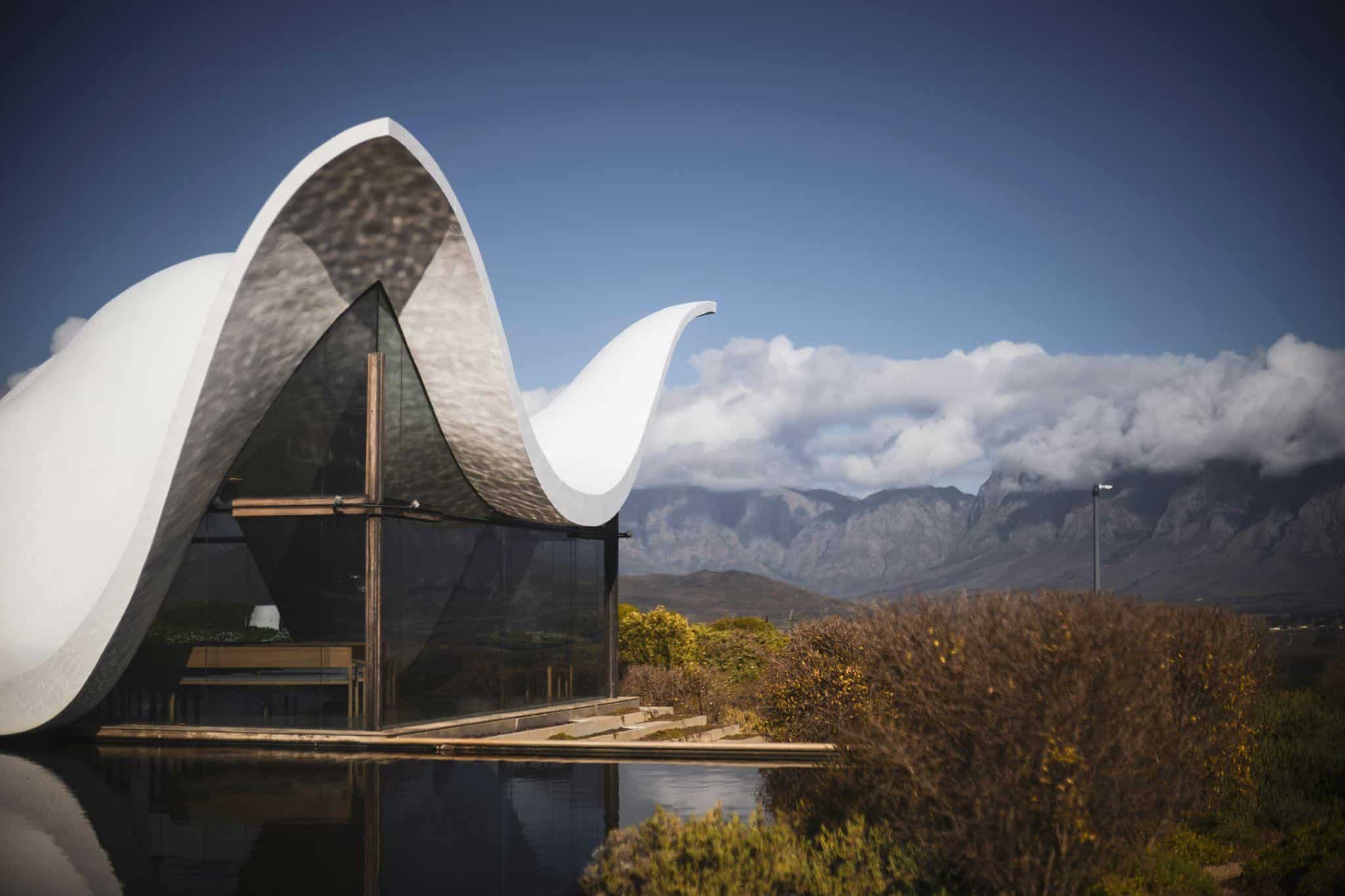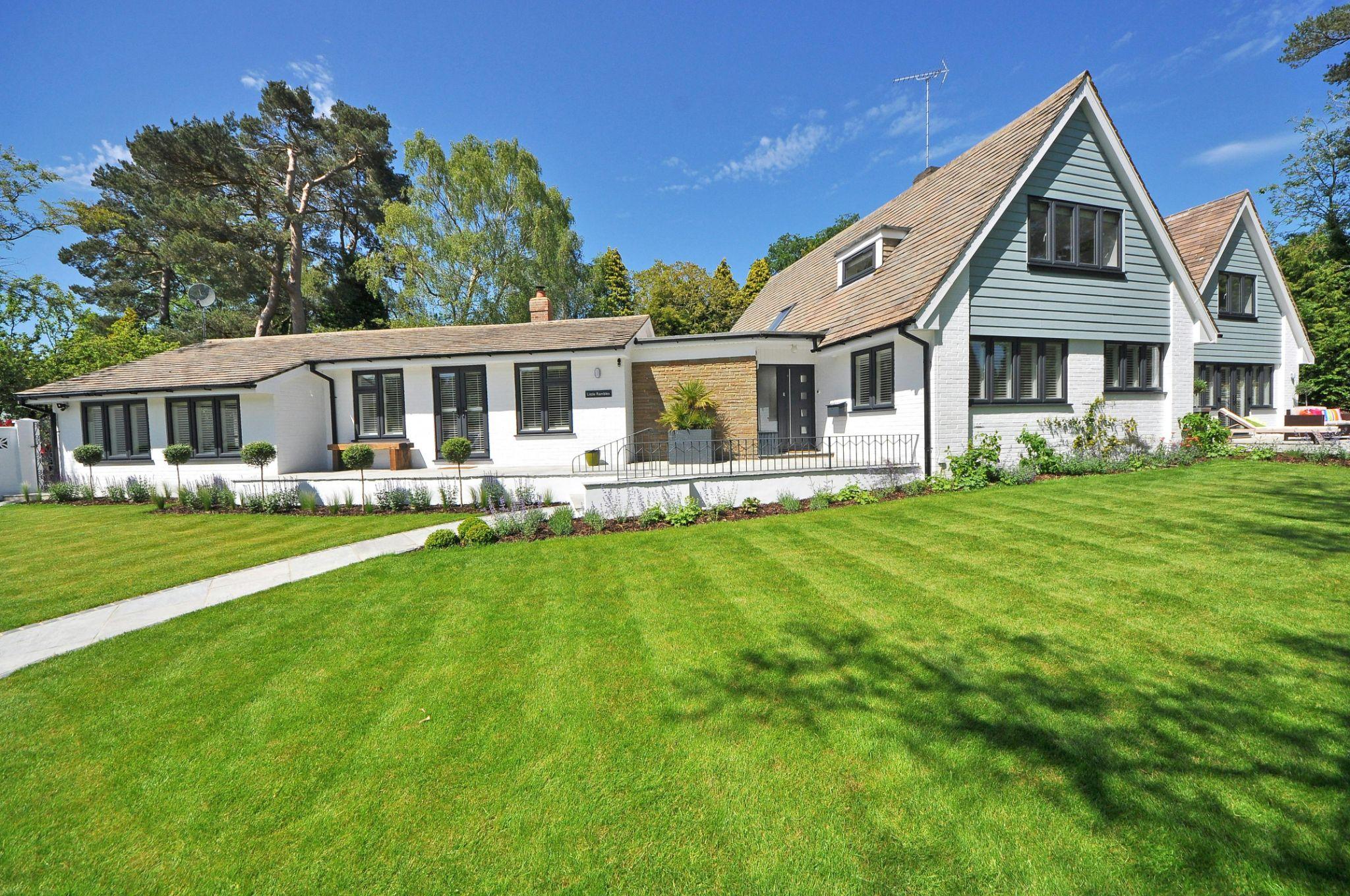Shielding Charm for Your Abode: 5 Solid Grounds to Embrace Vinyl Siding
Your home is not merely a structure; it’s a cocoon where memories are woven. It’s an emblem of safety, comfort, and warmth. The exterior of your home is that first line of defense against the whims of weather and the teeth of time. Here, siding plays a pivotal role. Among the myriad of siding materials available, vinyl siding shines through with its unique blend of benefits. Let’s unfold the five compelling reasons why you should consider installing vinyl siding.
Vinyl Siding: A Quick Look
Vinyl siding is like a sturdy jacket for your house. It’s made from a tough plastic called PVC, the same stuff used in some pipes in homes. This siding not only makes your house look neat but also stands up like a champ against harsh weather, bugs, and fading under the sun’s rays. It’s a wallet-friendly choice that doesn’t demand a lot of fuss or bucks to keep it looking good over the years. Plus, you get to pick from a bunch of colors and styles to make sure your home looks just the way you like it!
5 Reasons to Consider Vinyl Siding Installation
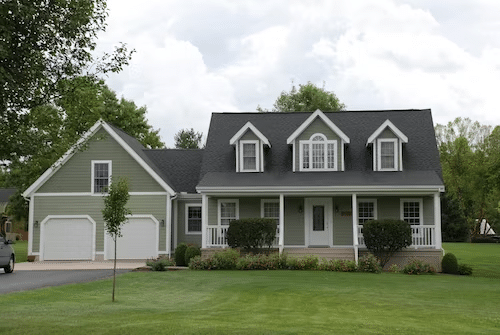
Source: Unsplash
1. Cost-Effectiveness
Vinyl siding is the knight in shining armor for budget-conscious homeowners. Its initial cost is a fraction of what you would spend on wood or brick siding. But the savings don’t stop there. Vinyl requires minimal maintenance which translates into fewer dollars spent on upkeep over the years. This cost-effectiveness is a bountiful blessing especially in a time when every penny counts.
2. Longevity
Your home should stand tall against the marching time, and vinyl siding ensures just that. This resilient material resists common threats like pests, rot, and rust. Unlike wood, it doesn’t succumb to termites or weather-induced decay. And unlike metal, it laughs in the face of rust. The longevity of vinyl siding is a tale of endurance that every homeowner would love to be a part of.
3. Easy Upkeep
Who wants to spend their weekends scrubbing the siding or re-painting the walls? Vinyl siding is a low-maintenance hero. A simple cleaning once a year with soap and water is usually all it takes to maintain its allure. Also, it doesn’t need to be painted or stained, saving you from the recurring chore and cost of repainting. A siding contractor can guide you on the effortless journey of maintaining vinyl siding, making life a tad bit easier.
4. Energy Efficiency
As the world tilts towards energy efficiency, vinyl siding stands tall. It provides an extra layer of insulation, keeping your home warm in winters and cool in summers. This insulation also means lower energy bills. By choosing insulated vinyl siding, you are not just choosing a comfy abode but also a smaller carbon footprint. Now that’s a choice worth making!
5. A Palette of Choices
Vinyl siding comes in a rainbow of colors and a variety of textures. Whether you fancy a modern minimalist look or a traditional aesthetic, vinyl siding has got you covered. It’s an invitation to express yourself; your color, your style. Plus, the color is baked into the vinyl, resisting fade and keeping your home looking fresh and vibrant for years to come.
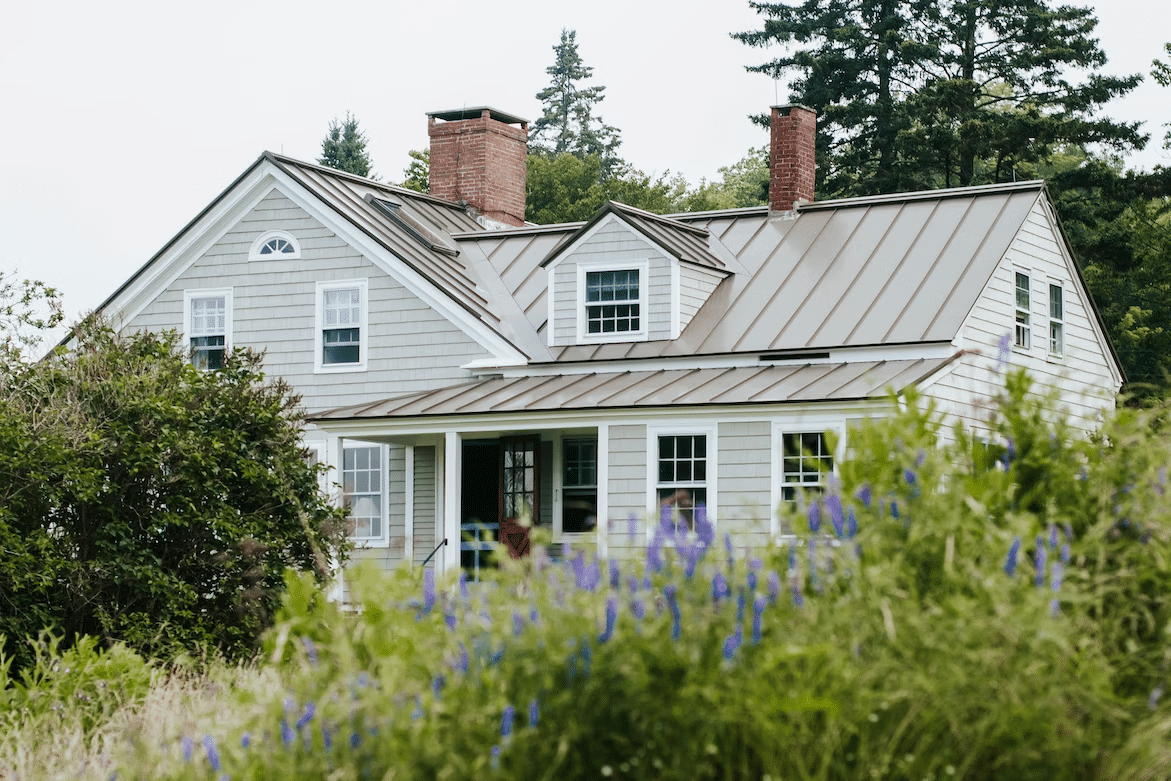
Source: Unsplash
Getting Vinyl Siding Installed: Step-by-Step
- Old Material Removal: Take off any old siding or materials from the outside of the house.
- Prepping the Area: Put up sheathing (a kind of board) and flashing (a type of weather-proofing material) on the outside of the house.
- Starting Off: Install a starter strip at the bottom of the house. This is where the vinyl siding will begin.
- Corner Pieces: Put in inside and outside corner trims. These help cover the edges and corners of the house.
- Siding Panels: Now, it’s time to put up the siding panels. Start from the bottom and work your way up.
- Finishing Touches: Install J-trim around windows and doors. This gives a neat finished look.
Important Installation Tips:
- Loose Hanging: Vinyl siding is hung loosely to allow it to get bigger and smaller with temperature changes without getting damaged.
- Smooth Surface: Always install siding on a smooth, flat surface. It should be put over rigid sheathing, not directly on the studs (the wooden frames of the house).
- Weather-Proofing: Since vinyl siding is not watertight, it’s good to put up a weather-resistant barrier and flashing around windows and doors to keep water out.

